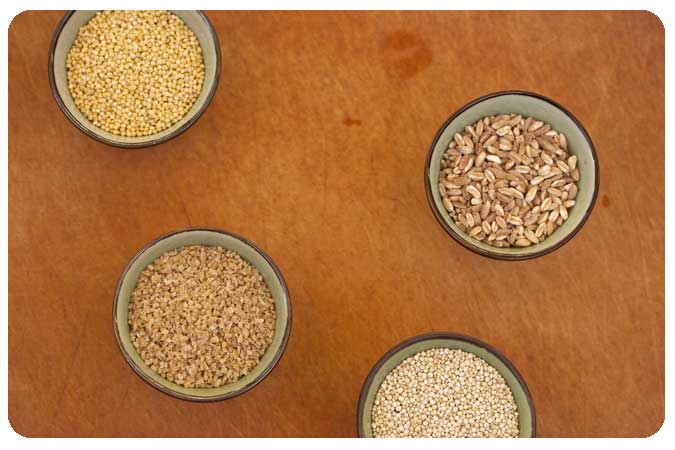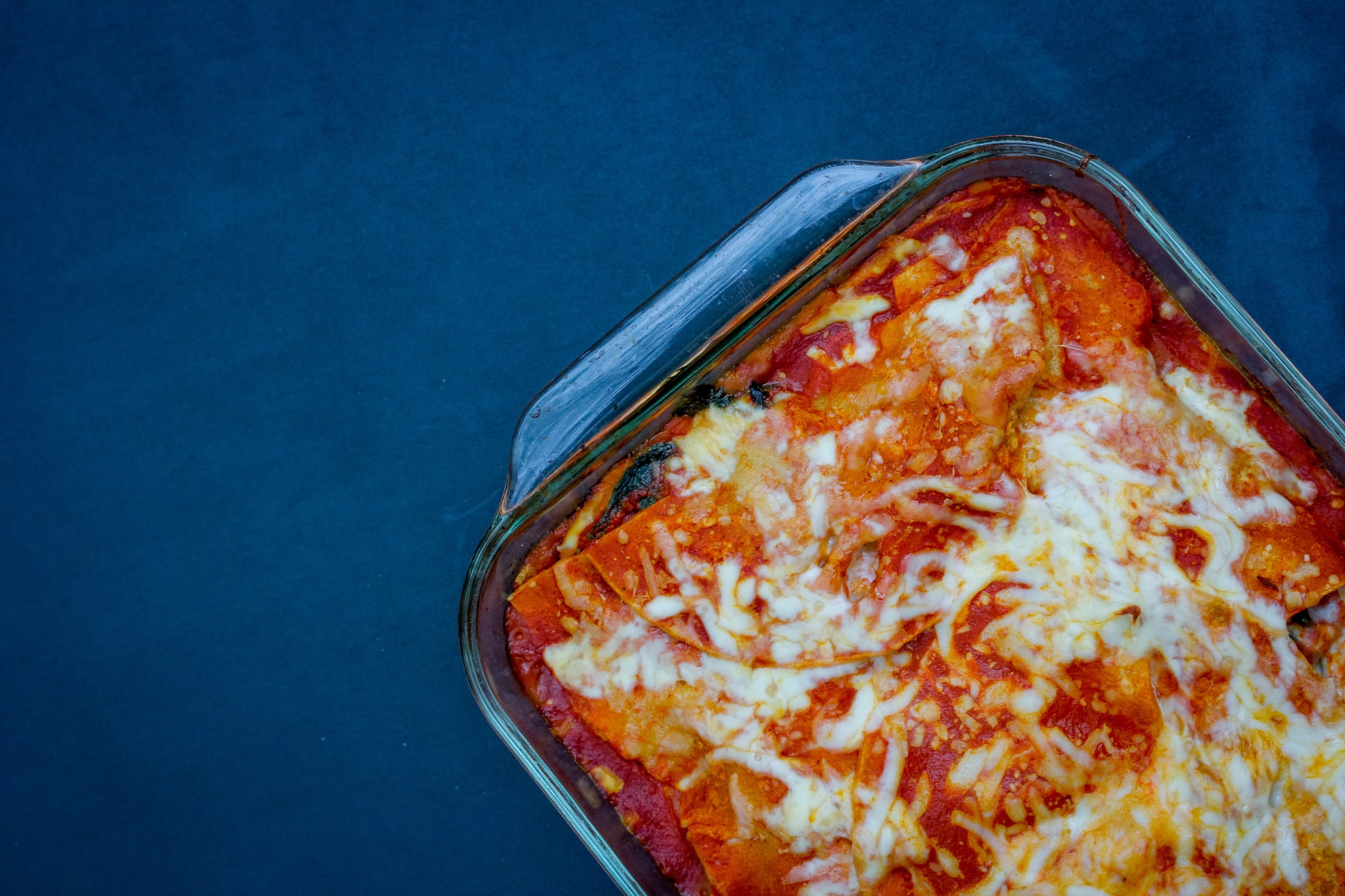You’ve probably seen the stickers marking products made with whole grains on supermarket shelves and heard of their many health benefits (a growing body of evidence shows that even one serving a day of whole grains can help reduce the risk of several chronic diseases). But the realm of grains extends far beyond the horizon of whole wheat bread. Ancient grains like quinoa, farro, amaranth and bulgur are making a comeback in today’s kitchens, and those with former hippie appeal like millet and wheat berries are getting a thoroughly modern makeover.
All hulled grains are made up of three parts—the bran, the germ and the endosperm—and each part performs a particular 
When grains are refined into the white form we’ve come to know, the bran and germ are stripped away along with all of their nutritive value. All that’s left is the protein and starch of the endosperm. But whole grains have all three parts—and the fiber, antioxidants, micronutrients and healthy fats that come with each—intact. It’s a powerful package. Reliable studies have shown that amping up whole grain consumption reduces all sorts of health risks, from type II diabetes to heart disease and even some cancers. So it’s worth it to get your (whole) grains.
As exotic as whole grains may seem, there’s no reason to fear; they’re infinitely easy to prepare. Start your exploration of whole grains with this one on farro . . . and get ready to discover an exciting new world of texture and taste.
Illustration of kernel courtesy ChooseMyPlate.gov.















